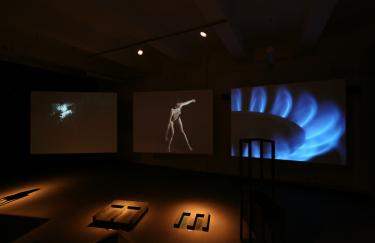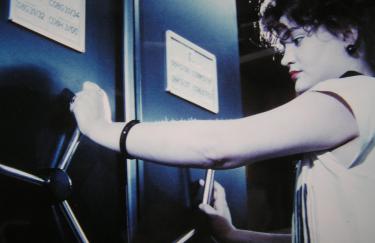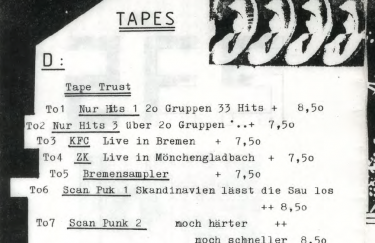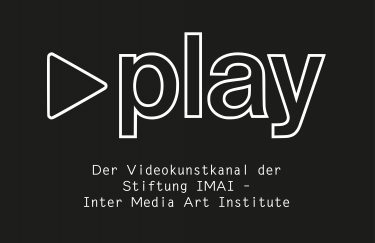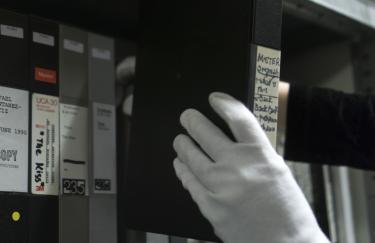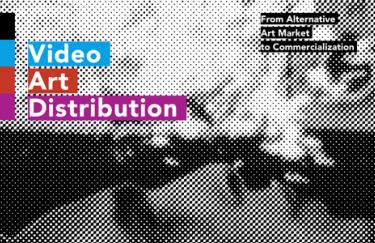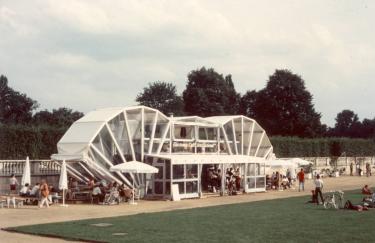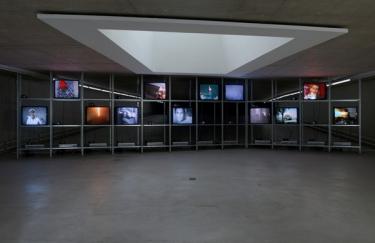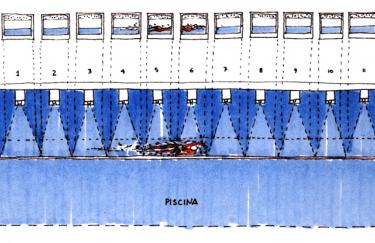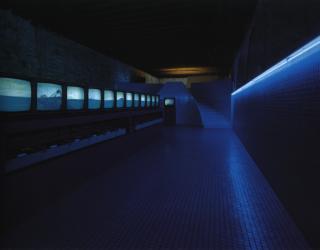
Concretions of the Ephemeral
On the Problems of Preserving and Re-Presenting Media Art Installations
Date
01.01.2007 - 01.01.2009Media art installations (i.e., space-related works that incorporate new media) usually have no enduring appearance: they are adapted to the circumstances of the space of each new presentation and therefore appear different each time. Just as a play is reinterpreted in each performance, so an installation is “re-presented,” i.e., “reinterpreted” in each presentation.
The materials of these media-based works of art are unstable because technologies age rapidly: playback equipment and corresponding storage media that just a few years ago were considered absolutely innovative are replaced by new generations in rapid sequence and are soon considered technological dinosaurs. Many old models are no longer produced today and hence cannot be purchased again. A lack of replacement parts often makes it impossible to repair the equipment. The original storage media can therefore no longer be played back, unless the information is transferred to a new format—an operation that is still controversial from the perspective of the ethics of restoration.
The consequence of these problems is that media art installations are often no longer exhibited and made accessible because of technological defects, obsolete technical components, or even lack of technical knowledge. Because media art works are increasingly being purchased by museums and private collectors, the preservation and presentation of media art installations is particularly topical. Art historians, curators, and restorers are confronted with the question of how these artworks can be preserved and what should be preserved at all, since often there is no fixed or reconstructable original state to provide orientation for a reinstallation or restoration but only different, more or less well documented implementations (concretions) of the same artistic idea. The research project “Concretions of the Ephemeral” was coupled with the series of case studies of the IMAI Foundation dedicated to studying the restoration and reinstallation of media art installations. The case studies were evaluated and the various problems that methodological conclusions about the preservation and presentation of media art installations were derived from these practical examples. Developing theoretical reference points was intended as a way to emphasize specific aspects that have to be taken into account when making decisions about preserving and presenting media art installations.

